Immune Function
The human body constantly secretes mucus. It’s gross to blow globs of snot into tissues during a sinus infection. And you may wish you had less of it. But mucus serves an important purpose.
Epithelial tissue lines the body’s cavities, including the mouth, nose, sinuses, throat, lungs, and gastrointestinal tract. Mucus, produced by that tissue, acts as a protective and moisturizing blanket, preventing the cells beneath from drying out. Mucus also traps unwanted substances like bacteria and dust before they can get into the body. It is sticky and thick. Mucus is viscous so that will trap microbes.

Besides being a sticky goo, mucus has important components. It is 95% water, with a mix of DNA, lipids, sugars. It also contains proteins such as antibodies that help the body recognize invading microbes, enzymes that kill the invaders it traps, and mucins which make the mucus inhospitable to pathogens.

Even when you're healthy, your body is a mucus-making machine, churning out about 1 to 1.5 liters of the stuff every day. Most of that mucus trickles down your throat and you don't even notice it. However, you may notice your mucus when its consistency has changed. Over-Production of Mucus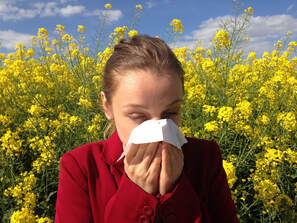
It generally takes a bad cold, allergy, or contact with something irritating -- like a plate of hot Buffalo wings -- to throw your body's mucus production into overdrive. During an allergic response to pollen, for example, mast cells in your body put out histamine, which triggers sneezing, itching, and nasal stuffiness. The tissue of the mucus membranes starts leaking fluid, and your nose begins to run.
Gustatory rhinitis is a reflex reaction in some people that's triggered by eating. Gustatory rhinitis could occur in response to milk proteins or hot peppers. Those experiencing gustatory rhinitis may feel like they have more phlegm in these situations, but consuming milk or hot peppers will not worsen a cold.
Snot Rainbow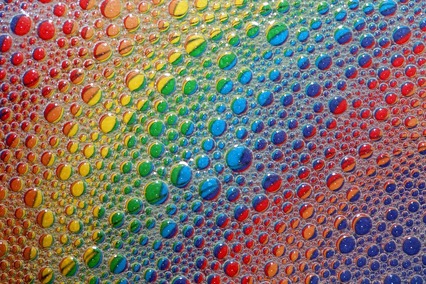
If you've ever stopped to look at the contents of the tissue after you've blown your nose, you may have noticed that your mucus isn't always clear. It may be yellow, green, or have a reddish or brownish tinge to it.
When you have a cold, your immune system produces white blood cells called neutrophils. These cells contain a greenish-colored enzyme. If your body produces many neutrophils, they can turn your mucus green. But it is possible to have a sinus infection and still have clear mucus. A sinus infection will also likely produce other symptoms like congestion, fever, and sinus pressure. Red or brown mucus can result from dried nasal tissues after too much blowing. The nostrils contain many blood vessels which can be easily irritated. A small amount of blood in the mucus is not a major concern but a doctor should be consulted for serious bleeding. Mucus Viscosity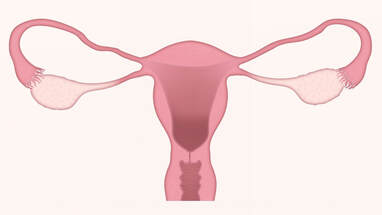
The viscosity of the body’s mucus changes. Respiratory mucus can change due to a dry indoor environment, not drinking enough water, dehydration from drinking too much coffee, tea, or alcohol, medications which dehydrate, or smoking. Cervical mucus changes monthly due to estrogen and progesterone fluctuations. (Before ovulation, estrogen thins cervical mucus, making it more viscous, thus aiding sperm survival rate. After ovulation, progesterone causes cervical mucus to become thinker to protect foreign substances from entering the uterus.
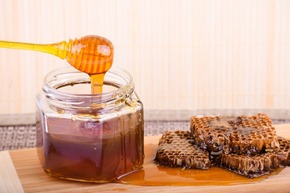
The viscosity of a liquid is its resistance to a change. The opposite of viscosity is fluidity, or ease of flow. Viscous liquids tend to be thick and sticky. Honey, for example, has a greater viscosity than water. Viscosity may be thought of as internal friction between the component molecules Make a Snot Model!
Experiment with the viscosity of model snot! Mix the following ingredients to create (edible) mucus. Vary the concentrations of each to change the thickness of the mucus and mimic the body in a state of health vs an immune response
CHECK OUT MY TIKTOK VIDEO DEMONSTRATION BELOW, AND THEN READ ON FOR MORE DETAILS!
Materials: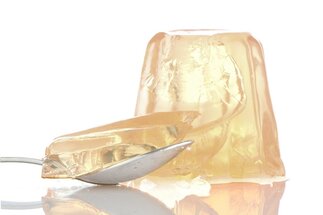
3 envelopes Unflavored Gelatin, ½ cup Corn Syrup, ½ cup Water (heated), Food Coloring (if desired) (Use the amounts as a guide to start. Vary the quantities of ingredients to increase or decrease viscosity). Chemical Comparison of Mucus and Model Snot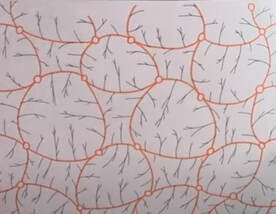
This is a simplified diagram of mucus. Mucus contains proteins called mucins, which provide a mesh which retains water and traps unwanted particles. The mucins have branching sugar molecules. The branches encourage bacteria to keep moving rather than clumping and forming biofilms. Biofilms can createantibiotic resistant infections. 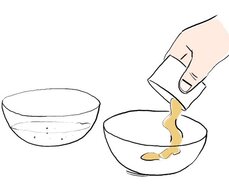
Gelatin is made of protein and corn syrup is made of sugar. When you made your snot model, the mixing of gelatin with hot water caused the water molecules to cross-link the protein molecules. The addition of the corn syrup created a mixture that is both molecularly and visually similar to mucus. Investigate Snot Projectiles!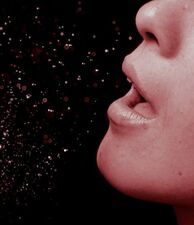
According to the Centers for Disease Control and Prevention, the average uncovered sneeze sends droplets about six feet. Small particles less than .1 millimeters can become suspended and buoyant within a sneeze cloud, enabling them to travel eight feet or farther. A “hearty” sneeze can spew droplets at speeds of up to 100 mph, according to research from the University of Bristol. Particles expelled in a sneeze or cough can carry germs for an array of infectious diseases, including coronavirus, colds, the flu, chickenpox, measles and more.
How does the viscosity of mucus effect how far it travels?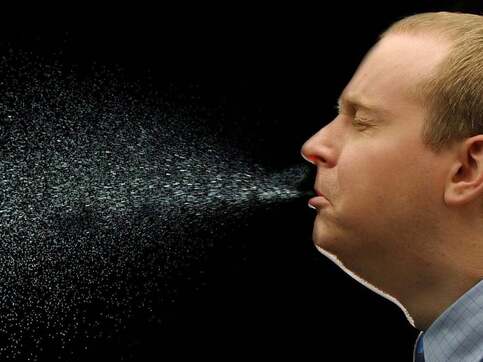
Investigate that question using the following materials:
Simulation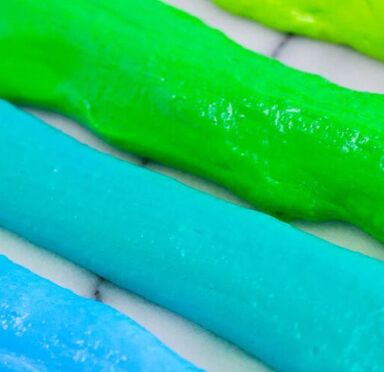
Healthier Choices
To keep from spreading germs, cover your nose and mouth with a tissue whenever you sneeze or cough. If you’re caught without a tissue, health experts suggest using the crook of your elbow. That will keep the germs from becoming airborne and will keep your hands from getting germy. If you do sneeze or cough into your hands, wash them immediately with warm water and soap. Rinsing with water alone won’t kill germs. In the absence of soap and water, use a hand sanitizer that contains at least 60 percent alcohol. The best choice to prevent the airborne spread of germs is to avoid close contact with anyone who is sick. If you are ill and likely to cough or sneeze, stay home until you’re healthy.
0 Comments
|
AuthorGertrude Katz has spent over 30 years teaching K-12 public school students all major subjects. She has taught biology and education at the college level. The majority of her career has been spent instructing biology at the secondary level. Categories
All
|
 RSS Feed
RSS Feed